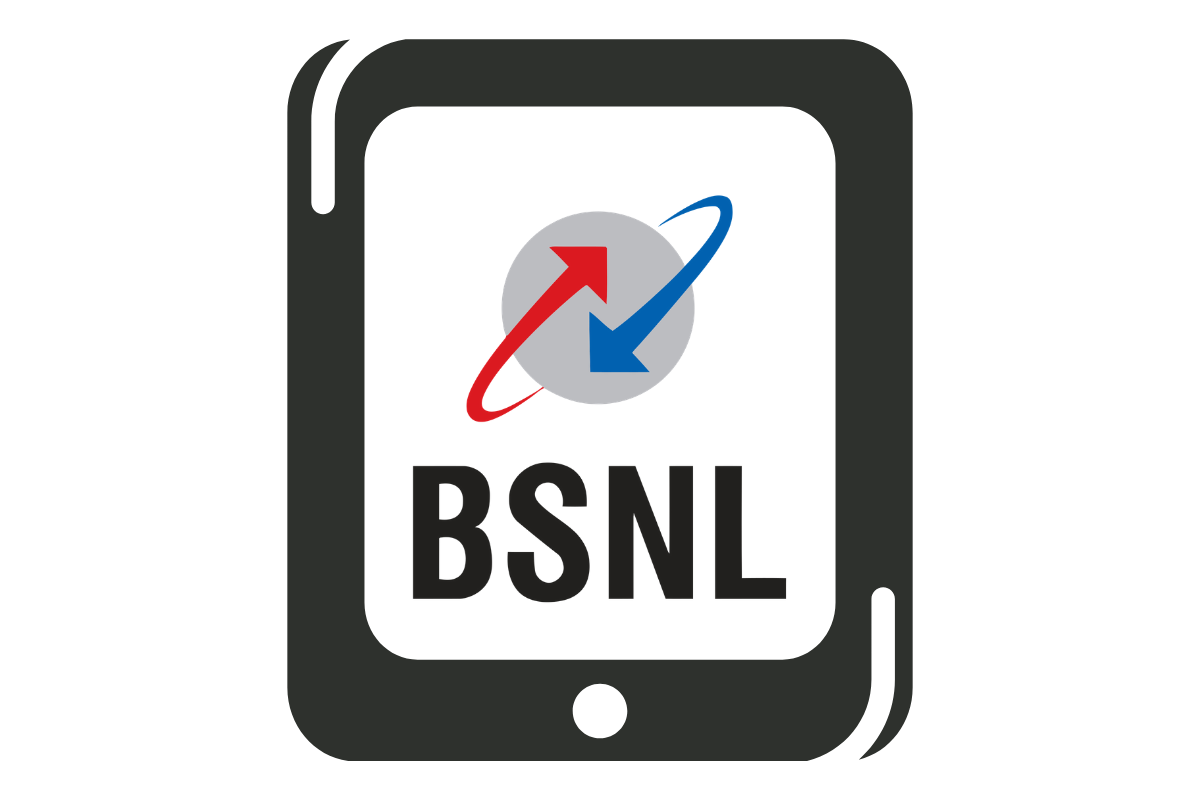Bharat Sanchar Nigam Limited (BSNL) has reached out to the Prime Minister’s Office (PMO) for communicating that it intends to roll out a fresh 4G tender for 50,000 sites across India. The telco is aiming for a hybrid 4G plan where it wants to divide the tender into two parts. The first part with 57,000 sites will be reserved for the Indian companies, and the other 50,000 sites will be a standard tender upon which any of the companies in the government’s ‘trusted’ list can participate. As per a Financial Express report, BSNL has contacted the PMO for communicating about the same.
BSNL Already Has Nods from ETG and DoT For Hybrid 4G
The state-run telco has already received nods from the Department of Telecommunications (DoT) and the Empowered Technology Group (ETG) for going ahead with the hybrid 4G plan. Even the Indian companies will be allowed to participate in the tender floated for part-B, which is for companies in the trusted list if they can generate Proof of Concept (PoC) within the desired time frame. Chinese vendors such as ZTE and Huawei will not be a part of BSNL’s pan-India 4G plans. The government has indirectly asked all the telecom operators not to award any new contracts to the Chinese companies. BSNL had told DoT that its survival depends on the timely rollout of 4G services across the country. The telco expects to roll out 4G within 10 months upon successful trials by the local companies. Further, if it takes 4 months for the local companies to generate PoC, then the total time taken for the network rollout will become 14 months. BSNL has warned that if it takes more time for the Indian companies to come up with PoC, it will delay the 4G rollout in the country. This is why hybrid 4G makes sense for the telco. While the Indian companies are generating PoC and conducting trials, BSNL can partner up with global vendors such as Nokia and Ericsson for building the other 50,000 sites reserved for them. BSNL desperately needs to introduce 4G services since the telco is very much behind the private operators who are already pushing for 5G network rollout. The telco should use gear/equipment that could be directly upgraded to 5G with a software update.
